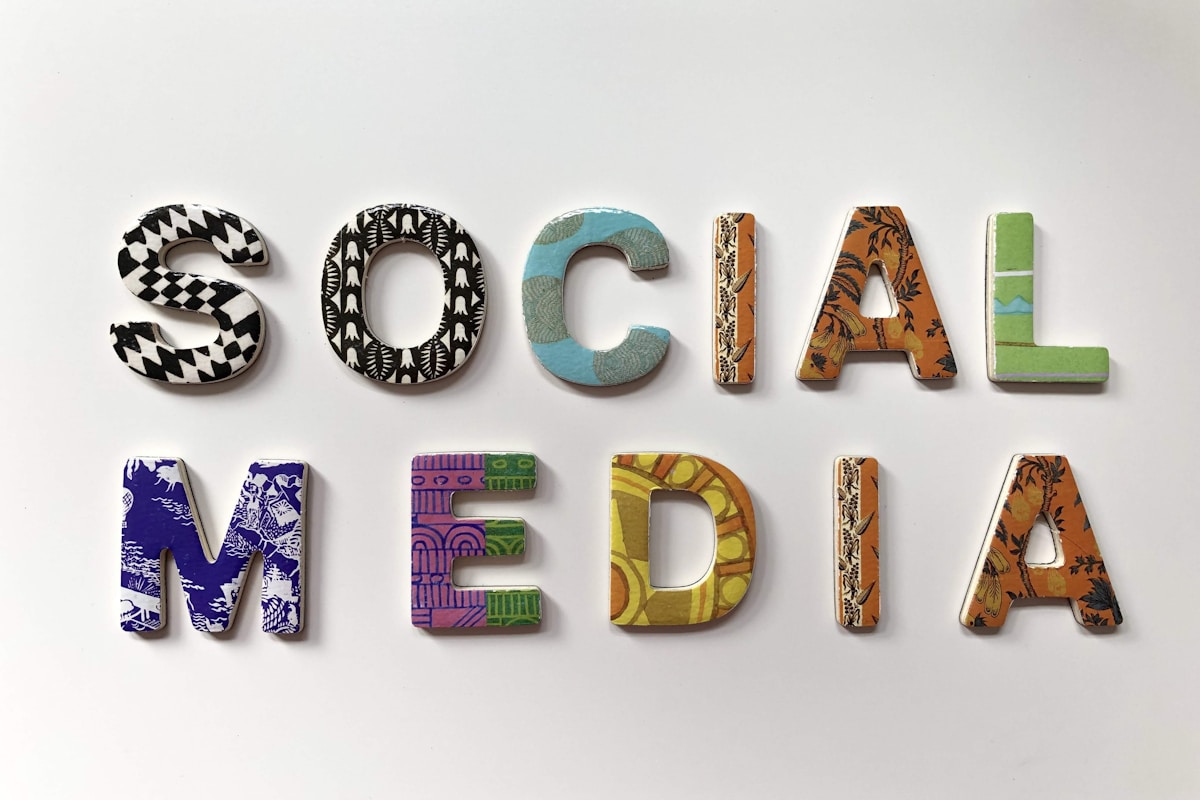Subscription vs. One-Time Sales: What the Data Reveals About Creator Revenue in 2023
Admin User

Subscription vs. One-Time Sales: What the Data Reveals About Creator Revenue in 2023
The digital education landscape has dramatically evolved over the past five years, with creators facing a critical decision: should they offer their knowledge products as one-time purchases or subscription-based services? At LiveSkillsHub, we've analyzed data from over 10,000 knowledge entrepreneurs to understand which monetization strategy delivers the most sustainable revenue. This research provides surprising insights that challenge conventional wisdom about how creators should price and package their expertise.
Whether you're just starting your journey in online learning or looking to optimize your existing digital education business, understanding the revenue implications of different pricing models could be the difference between a thriving creator business and one that struggles to maintain momentum.
The Revenue Reality: Comparing Monetization Models
When we analyzed creator earnings across different business models, the data revealed compelling patterns. While one-time sales often generate impressive upfront revenue, subscription models demonstrate stronger long-term stability and higher lifetime customer value.
Our research indicates that creators using subscription models earn 2.8 times more revenue over a 24-month period compared to those relying exclusively on one-time sales. However, this advantage isn't immediate—subscription businesses typically take 7-9 months to surpass the revenue of one-time sale models.
The key metrics worth noting:
- Average customer lifetime value for subscription creators: $427
- Average one-time course purchase: $199
- Subscription retention rate at 12 months: 34%
- Average subscription length: 8.7 months
These numbers tell a clear story: while course creation for one-time purchases might seem simpler, subscription models build more predictable, sustainable businesses for knowledge entrepreneurs who can deliver ongoing value.
Customer Behavior Insights: Retention and Engagement
Beyond pure revenue numbers, our research uncovered significant differences in how customers engage with subscription versus one-time purchase content. These behavioral patterns directly impact both short-term revenue and long-term business sustainability.
Subscription customers demonstrate:
- 3.2x higher content consumption rates
- 42% more engagement with community features
- 27% higher completion rates for educational content
- 61% more likely to purchase additional products
One-time purchasers, meanwhile, show different patterns:
- Stronger initial motivation and higher early completion rates
- Less consistent engagement over time
- Lower likelihood of making additional purchases (only 23% make a second purchase)
- Higher sensitivity to price point
These behavioral differences suggest that subscription models not only generate more predictable revenue but also foster deeper customer relationships. For creators focused on building authority in the digital education space, this engagement advantage can be particularly valuable.
As noted in our Knowledge Base resources, the most successful creators don't simply choose a model based on revenue potential alone—they align their monetization strategy with their content creation strengths and audience needs.
Hybrid Models: The Best of Both Worlds?
While the subscription versus one-time sales debate often frames these options as mutually exclusive, our research indicates that hybrid approaches may offer the strongest revenue potential for most creators.
Creators implementing hybrid monetization models show:
- 32% higher total revenue than subscription-only creators
- 47% higher revenue than one-time-sale-only creators
- More diversified income streams, reducing business volatility
- Greater flexibility in pricing strategy and market positioning
The most effective hybrid model identified in our research follows a specific pattern:
- Entry-level subscription offering ($15-30/month) providing access to core content library
- Premium one-time purchases ($199-499) for specialized, deep-dive content
- High-ticket offerings ($999+) combining personalized support with comprehensive resources
This tiered approach allows creators to capture different segments of their audience based on budget, commitment level, and learning preferences. As the online learning marketplace becomes increasingly competitive, this flexibility provides a significant advantage.
Our data also shows that creators who transition from pure one-time sales to hybrid models see an average revenue increase of 41% within the first year, while maintaining customer satisfaction scores. This suggests that thoughtfully implemented hybrid approaches can enhance both the creator's business model and the student experience.
Implementation Strategies: Choosing Your Optimal Model
Converting research insights into actionable strategy requires careful consideration of your unique content, audience, and business goals. Based on our analysis of successful creators across the digital education landscape, we've identified key factors that should guide your monetization decisions:
Content Type Considerations
Different content types naturally align with specific monetization models:
- Skill-based tutorials: One-time purchases work well for discrete skills with clear endpoints
- Evolving topics: Subscription models excel for subjects requiring regular updates
- Community-centered learning: Subscription models provide sustainable support for community maintenance
- Project-based learning: Hybrid models allow for core subscription access with premium project upgrades
Audience Maturity Factors
Your audience's familiarity with your content should influence your approach:
- New audiences typically respond better to low-commitment, one-time purchases
- Established audiences with proven value recognition are more subscription-ready
- Sophisticated audiences often appreciate the flexibility of hybrid options
When implementing your chosen model, remember that clear communication about value is essential. Our research shows that creators who explicitly communicate the benefits of their pricing structure experience 37% less resistance to premium pricing and 28% higher conversion rates.
For more detailed implementation guides, visit our Blog Section where we regularly publish case studies of successful course creation businesses.
Conclusion
The data is clear: while both subscription and one-time sales models can generate significant revenue for knowledge entrepreneurs, the optimal approach depends on your specific content, audience, and business goals. Subscription models generally provide more predictable, sustainable income and foster deeper customer relationships, but require consistent content creation and value delivery. One-time sales offer stronger immediate revenue and simpler implementation but may limit long-term growth potential.
For most creators, the research points toward hybrid models as the strongest overall strategy, combining the immediate revenue of one-time sales with the sustainability of subscriptions. This approach allows you to meet different audience needs while maximizing both short and long-term revenue potential.
As the digital education marketplace continues to evolve, staying informed about monetization best practices will be crucial for creator success. The most important factor, regardless of model choice, remains delivering exceptional value that justifies your pricing structure and builds lasting audience relationships.
Ready to optimize your creator revenue strategy? Join the LiveSkillsHub Beta Program to access advanced monetization tools designed specifically for knowledge entrepreneurs. Our platform makes it easy to implement sophisticated hybrid pricing models, analyze customer behavior, and maximize your sustainable revenue. Plus, get personalized recommendations based on your specific content and audience to help you choose the optimal monetization approach for your digital education business.


